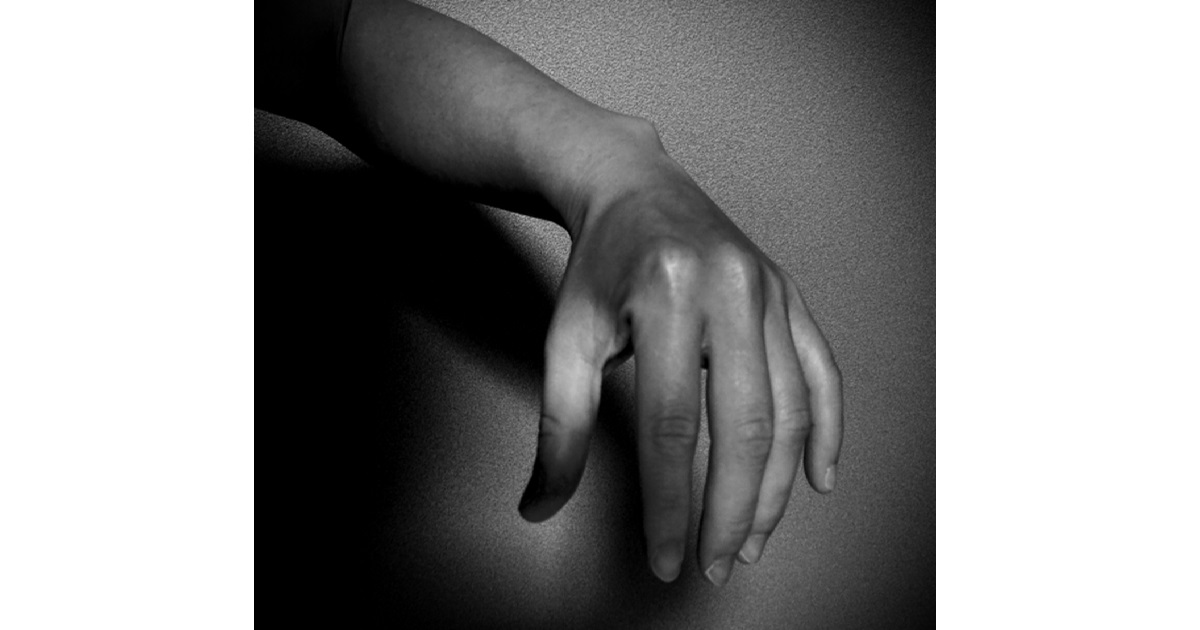Communicating in a foreign country goes beyond words.
In Japan, gestures play a huge role in daily conversation, but some of them can be quite different from what you’re used to.
Understanding these unique non-verbal cues can help you avoid awkward situations and connect more deeply with locals.
Here’s a guide to some common Japanese gestures that often confuse foreigners.
1. Beckoning (Come Here)
How you call someone over is one of the most common points of confusion.
In Japan, people beckon someone by holding their hand out, palm down, and fluttering their fingers.
To many Westerners, this gesture looks like you are shooing someone away.
Remember, if a Japanese person does this to you, they are asking you to come closer, not to leave.
2. Pointing to Oneself
When referring to themselves, many people around the world will point a thumb or a finger at their chest.
In Japan, it’s common to point an index finger at one’s own nose.
So if you ask “Who, me?” and someone points to their nose, they are indeed talking about themselves.
It’s one of the small but frequent gestures you will see.
3. The “X” Sign (No or Wrong)
Making a cross shape (an “X”) with your index fingers or your entire forearms is a common way to say “no,” “not possible,” or “wrong.”
For example, if you try to enter a restaurant that is full, the staff might make this gesture to indicate there are no seats available.
It’s a very direct but not rude way of communicating refusal or negation.
Knowing this gesture is one of the key ways to avoid offending people in Japan.
4. The OK Sign
Making a circle with your thumb and index finger means “OK” in many countries, including Japan.
However, it can also specifically mean “money.”
The circular shape resembles a coin, so this gesture is sometimes used to talk about cash.
While it’s unlikely to cause a major misunderstanding, it’s a fun piece of cultural knowledge to have.
5. Apologizing or Asking for a Favor
You might see people holding their hands together as if in prayer and giving a slight bow of the head.
This gesture, often accompanied by the word “gomen” (sorry), is used for a light apology.
It can also be used when asking for a small favor, like “please!”
Body language is a fascinating part of any culture.
By learning these few simple gestures, you’ll feel more confident and connected during your time in Japan.
You Might Also Like
Now that you know some non-verbal cues, why not learn a few magic words? Our guide to essential Japanese phrases will help you connect with locals even more.
【Japan’s 5 Magic Words】 Unlock Easy Travel & Connect with Locals!










